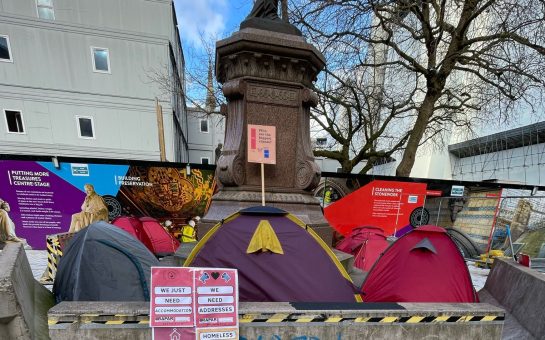More than 2,600 council homes in the North West face being sold to the private market under new government plans, according to a leading housing and homelessness charity – and Stockport could be the worst hit area in the region.
Shelter reveal that the proposed scheme would force council homes worth more than a set value to be sold once they become vacant.
The newly-generated money would be used to fund discounts of up to £100,000 for housing association tenants upholding their Right to Buy.
The following figures show how each area in the North West could be affected by the forced sale of council homes:
|
Area |
Number of homes above the threshold |
Proportion of total homes |
|
TOTAL (North West) |
2641 |
2.8% |
|
Stockport |
1334 |
11.7% |
|
Cheshire West and Chester |
457 |
8.1% |
|
West Lancashire |
442 |
7.2% |
|
Manchester |
179 |
1.1% |
|
Bury |
122 |
1.5% |
|
Lancaster |
44 |
1.2% |
|
Wigan |
29 |
0.1% |
|
Salford |
24 |
0.2% |
|
Blackpool |
6 |
0.1% |
|
Oldham |
3 |
0.2% |
|
Barrow-in-Furness |
3 |
0.1% |
Shelter estimates that Stockport would be the most affected area in the region, as more than 1,330 homes could be sold, equivalent to nearly 12% of the area’s total council housing stock.
Campbell Robb, Shelter’s chief executive, believes that the proposal will force families into ‘unstable’ and ‘expensive private renting’.
He said: “At a time when millions of families are struggling to find somewhere affordable to live, plans to sell off large swathes of the few genuinely affordable homes we have left is only going to make things worse.
“More and more families with barely a hope of ever affording a home of their own and who no longer have the option of social housing, will be forced into unstable and expensive private renting.
“The government needs to scrap this proposal and start helping the millions of ordinary families struggling with sky high housing costs.
“If George Osborne is serious about turning around the housing crisis, the autumn spending review is his last chance to invest in the genuinely affordable homes this country desperately needs.”
All other areas in the region are estimated to not be affected, either because their stock has previously been transferred to a housing association, or because there are no homes above the threshold.
Image courtesy of Mikey, with thanks.



